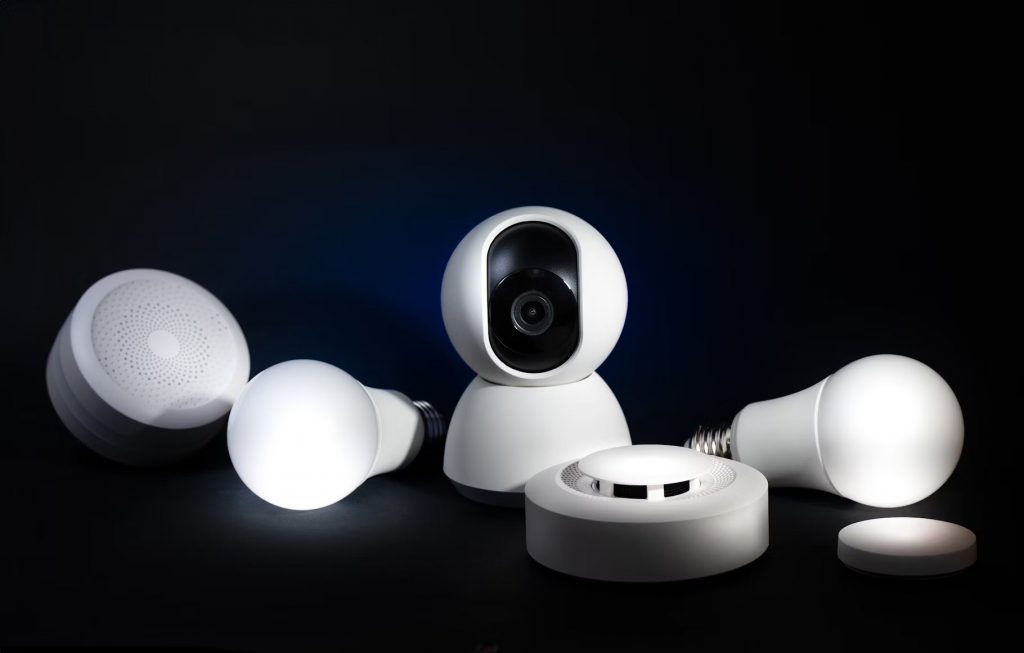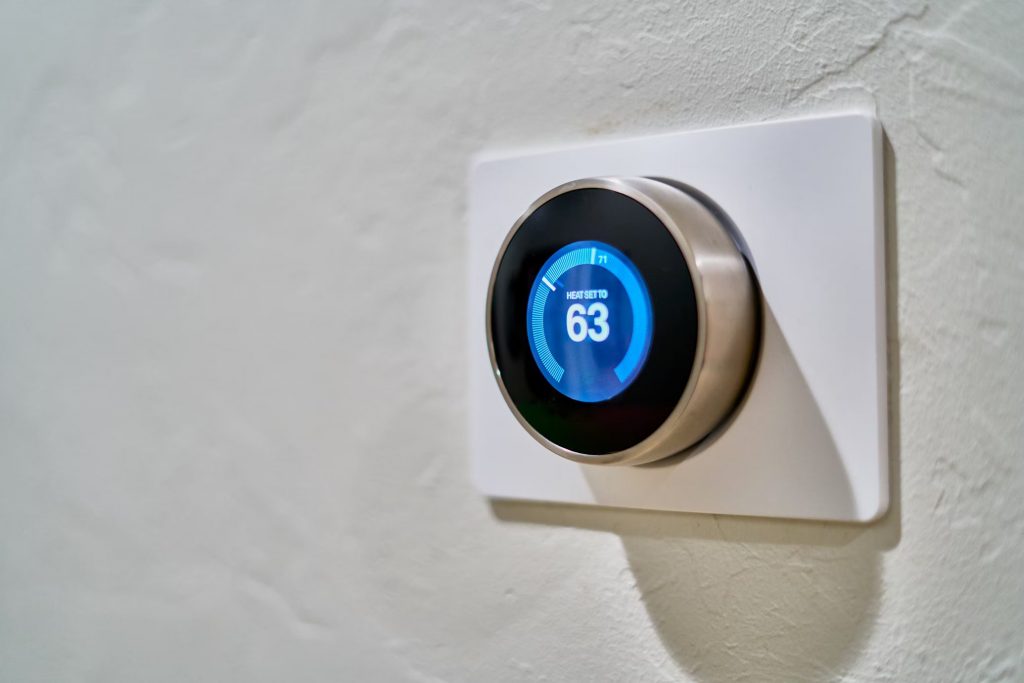
Source: Unsplash
The internet of things creates smart environments in a way we couldn’t imagine before. However, building a successful IoT application is challenging both technologically and financially.
This article will guide you through the five essential steps to develop an IoT application. We will cover key aspects such as:
- understanding the necessary features,
- selecting the right devices and network,
- and managing the development costs effectively.
This article is aimed to help you develop IoT apps that deliver value.
The Key Features of an IoT App
The biggest mistake that startups can make is implementing every cool feature they’ve heard about. The resulting product is not user-friendly at all.
In fact, as you develop IoT applications, the principle “less is more” is the best approach. We’ve narrowed down the list of features that make a truly effective IoT app:
- Device discovery. This feature allows users to identify and connect their IoT devices to the app. It often involves a setup process that includes scanning for nearby devices and entering pairing codes.
- Real-time control. Users must be able to view live data from their IoT devices. Whether it’s monitoring temperature or humidity levels, this feature is essential.
- OTA updates. Over-the-air updates help maintain device functionality. This feature allows the app to update IoT devices remotely.
- Alerts and notifications. IoT applications should send notifications to users based on specific conditions or events.
- Remote admin tools. Providing tools to manage IoT devices and the app remotely is essential. This includes functions like device management, user management, and system configuration. It guarantees that the IoT ecosystem remains secure and functional. This aligns with software development principles, where remote tooling helps teams manage complex environments without direct physical access.
How to Build Iot Applications
IoT application development requires making informed decisions at every stage of the process. Below is a detailed table that outlines the five essential steps of the process:
| Step | Description |
| Step 1: Finding the use case | – Identify a specific problem or opportunity that IoT can solve.
– Ensure the solution is viable and profitable. – Research potential use cases across different industries to find the best fit for your IoT application. |
| Step 2: Choosing IoT devices | – Select devices based on data collection frequency, storage needs, connectivity, power consumption, and data type.
– Decide between using existing sensors or developing custom hardware. – Evaluate device providers and explore development kits to ensure compatibility and functionality. |
| Step 3: Selecting a protocol | – Choose a network (e.g., Wi-Fi, Bluetooth, LoRa) based on bandwidth, latency, security, availability, and energy consumption.
– Consider using gateways for complex network setups. – Ensure compatibility between devices, networks, and protocols to avoid connectivity issues. |
| Step 4: Storage and processing data | – Decide whether to use cloud-based or edge-based data storage and processing.
– Cloud-based storage offers scalability and lower upfront costs. – Edge computing provides lower latency and enhanced security. – Consider a hybrid approach that combines both for optimal performance. |
| Step 5: The IoT platform | – Select a platform to manage and analyze IoT data.
– Ensure the platform is compatible with your devices, scalable, and customizable. – Look for platforms offering dashboards, templates, and customer support resources. – Consider the cost, device compatibility, and integration capabilities of the platform. |
What Industries Benefit from IoT Mobile App Development?

Source: Unsplash
- Real estate. IoT applications in real estate can provide remote property monitoring and automated maintenance alerts. These features can help property managers save time and money. Integrating a real estate chatbot can further enhance customer interaction by providing instant responses to inquiries and streamlining property management tasks.
- Healthcare. Wearable devices and medical sensors can monitor patients in real-time and send medication reminders.
- Smart home. IoT applications for smart homes include remote device control, energy management, security monitoring, and voice assistant integration. These applications enhance the convenience and safety of daily life.
- Logistics. In logistics, IoT applications enable real-time asset tracking and route optimization. These features are critical for improving operational efficiency and reducing costs in supply chain management.
The Bottom Line
IoT app development has become quite trendy. We can say that by the amount of articles and guides based on that topic. Though it might seem attractive to launch a new IoT app straight away and enjoy the money flow, in reality, it’s not that simple. With this article, we wanted to encourage you to make an IoT application by building a more thought-out process. Remember, the key to successful IoT app development lies in balancing functionality with simplicity.
Are You Ready To SkyRocket Your Business With Our AI Chatbots
Click The Button Below And Gather Quality Leads With Botsify

